Expansion of Propane Infrastructure
The expansion of propane infrastructure plays a crucial role in the growth of the Propane Market. Investments in storage facilities, distribution networks, and refueling stations enhance the accessibility of propane, thereby encouraging its adoption across various sectors. For instance, the establishment of new propane distribution centers has been reported to increase market penetration by facilitating easier access for consumers and businesses alike. Furthermore, the development of infrastructure is often supported by government initiatives aimed at promoting cleaner energy sources. This infrastructure growth is expected to bolster the Propane Market, potentially leading to a more robust supply chain and increased consumer confidence in propane as a reliable energy source.
Government Incentives for Clean Energy
Government incentives aimed at promoting clean energy sources are influencing the Propane Market significantly. Various countries have implemented policies that encourage the use of propane as a cleaner alternative to traditional fuels. These incentives may include tax credits, rebates, and grants for businesses and consumers who adopt propane technologies. Such measures not only stimulate demand but also enhance the overall attractiveness of propane in the energy market. As a result, the Propane Market is poised for growth, as these government initiatives create a favorable environment for investment and innovation in propane-related technologies and applications.
Rising Adoption in Residential Heating
The rising adoption of propane for residential heating is a significant driver within the Propane Market. As homeowners seek efficient and cost-effective heating solutions, propane has gained traction due to its high energy content and affordability. Recent statistics indicate that approximately 10 million households utilize propane for heating purposes, reflecting a steady increase in its popularity. This trend is further supported by advancements in propane heating technologies, which enhance efficiency and reduce emissions. Consequently, the Propane Market is likely to benefit from this growing consumer preference, as more households transition to propane heating systems, thereby driving demand and market growth.
Increasing Demand for Alternative Fuels
The rising demand for alternative fuels is a pivotal driver in the Propane Market. As consumers and industries seek cleaner energy options, propane emerges as a viable substitute for traditional fossil fuels. This shift is particularly evident in sectors such as transportation and agriculture, where propane is increasingly utilized for its lower emissions profile. According to recent data, the use of propane in transportation has seen a notable increase, with a growth rate of approximately 5 percent annually. This trend suggests that the Propane Market is likely to expand as more stakeholders recognize the environmental benefits and cost-effectiveness of propane compared to gasoline and diesel.
Technological Innovations in Propane Applications
Technological innovations in propane applications are driving advancements within the Propane Market. The development of more efficient propane appliances and systems has made propane a more appealing option for consumers and businesses. Innovations such as high-efficiency propane furnaces and advanced propane-powered vehicles are gaining traction, contributing to increased market adoption. Moreover, the integration of smart technologies in propane systems enhances user experience and operational efficiency. As these innovations continue to evolve, they are likely to attract new users to the Propane Market, thereby fostering growth and expanding the market's reach across various sectors.


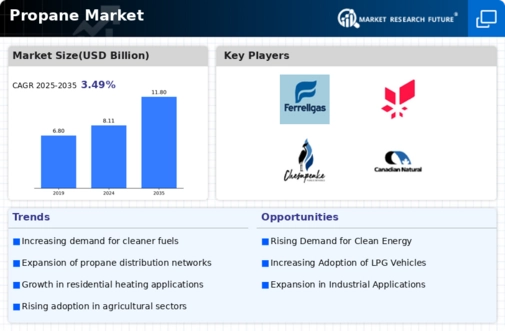
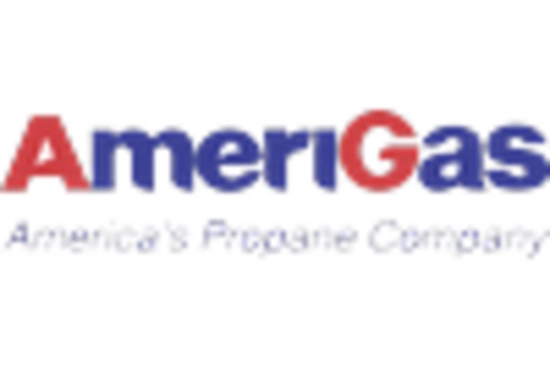
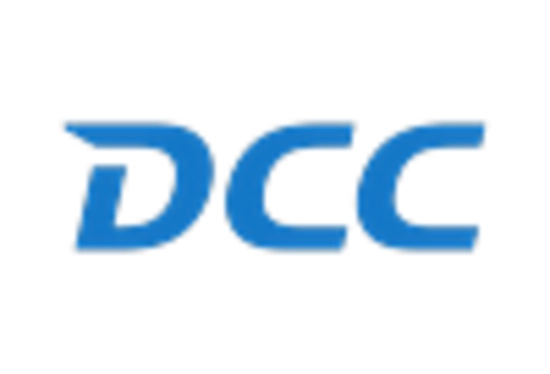
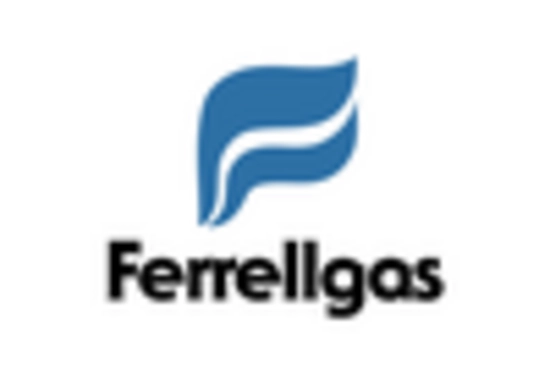
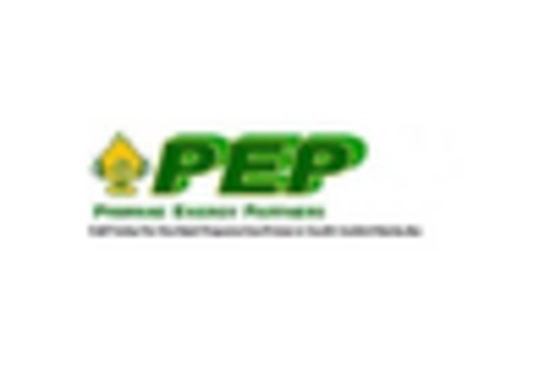
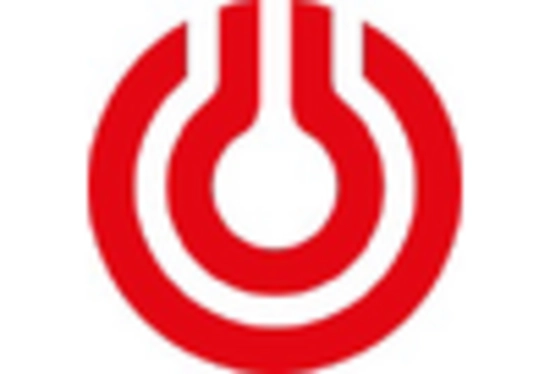
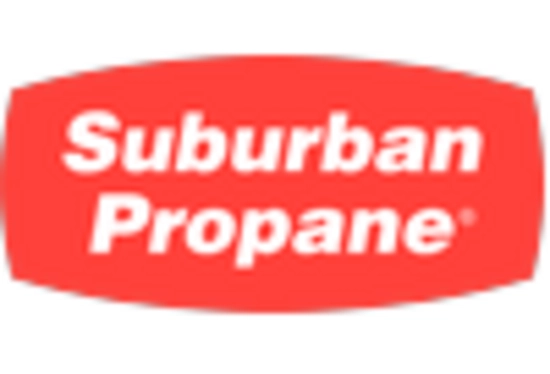








Leave a Comment